Although the origin of water kefir grains is much debated, they are believed to have been harvested from the prickly pear cactus in Mexico. These days, it’s easy to purchase them online (I use these Water Kefir Grains) and once you have the grains at home, you really only need sugar and water to make your own kefir. The grains will feast on the sugars, thereby fermenting the liquid into a probiotic drink. In essence, it is similar to making kombucha without tea. To allow the grains to feed not only on sugar but also on beneficial minerals, you can add dried fruit and ginger to the first fermentation, as well as half a lemon to allow for a slightly acidic environment early on. However, beware that the dried fruit will stain your kefir grains over time.
In this recipe, we’re using fresh pomegranate juice, but you can use any freshly squeezed fruit juice or even just some puréed fruit. The goal here is to introduce natural sugars for the bacteria to feast on during the second fermentation.
makes 1l
Ingredients
-
1l filtered water
-
40g golden granulated sugar
-
40g active Water Kefir Grains
-
1/2 lemon
-
20g ginger
-
1 large pomegranate (200 ml juice)
Method
If you’re using your water kefir grains for the first time, you need to activate them first. You should have received some instructions when you purchased your grains (I use these Water Kefir Grains), but here is a general method. For 40g of kefir grains, add 500 ml of filtered water and 2 tbsp of golden granulated sugar to a large mason jar. Stir until the sugar has dissolved, then add the kefir grains. Cover the jar with a cheesecloth and keep in a dark place at room temperature for two days. You can now strain your grains and use them for your first batch of kefir.
To make the kefir, pour the water (1 litre) into a large mason jar. Stir in the sugar until dissolved, then add the kefir grains along with 100 ml of the fermented liquid from the previous batch (if you’re making this for the first time, you won’t have the pre-fermented liquid yet. Don’t worry, carry on without it this time). Drop in the half lemon, then slice the ginger and add to the jar as well. Cover the jar with a cheese cloth and leave to ferment in a cupboard for 2 – 4 days until the liquid tastes slightly tangy.
Once you detect a tanginess, you are ready to move on to the second fermentation. For this recipe, we are turning your pre-ferment into a pomegranate kefir. Squeeze the pomegranate juice and pour it into a 1l-sized bottle. Reserve 100 ml of the fermented kefir liquid, then strain the remaining kefir through a sieve directly into the bottle, leaving around 4 cm headroom at the top. You can discard any leftover liquid, but make sure to save the kefir grains for your next batch. Close the bottle and leave it to ferment in a dark place at room temperature for another 24 hours, opening the lid gently after 12 hours to let it ‘burp’ and check if the carbonation is underway (CAREFUL: If you don’t release the pressure, the bottle might explode). After 24 hours, taste the kefir. If it’s still sweet, leave it for another 12 hours. If it tastes pleasant and slightly tangy, place the bottle in the fridge and serve once cold.
You can now use the strained kefir grains and reserved liquid to make your next batch. Simply repeat steps 2 & 3. This will ensure that your grains are constantly feeding on the sugars, thereby staying healthy and alive. If you would like to take a break, simply add the grains to a jar along with 250 ml water and 1 tbsp sugar and keep in the fridge for 2 weeks before feeding them with fresh water and sugar again. Make sure to activate them once (see Step 1) before making a fresh batch.
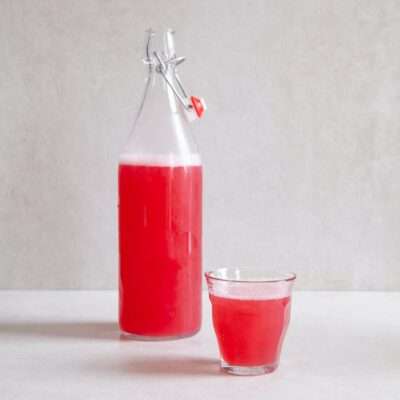
Pomegranate Kefir
Ingredients
- 1 l filtered water
- 40 g golden granulated sugar
- 40 g active Water Kefir Grains
- 1/2 lemon
- 20 g ginger
- 1 large pomegranate (200 ml juice)
Instructions
- If you’re using your water kefir grains for the first time, you need to activate them first. You should have received some instructions when you purchased your grains (I use these Water Kefir Grains), but here is a general method. For 40g of kefir grains, add 500 ml of filtered water and 2 tbsp of golden granulated sugar to a large mason jar. Stir until the sugar has dissolved, then add the kefir grains. Cover the jar with a cheesecloth and keep in a dark place at room temperature for two days. You can now strain your grains and use them for your first batch of kefir.
- To make the kefir, pour the water (1 litre) into a large mason jar. Stir in the sugar until dissolved, then add the kefir grains along with 100 ml of the fermented liquid from the previous batch (if you’re making this for the first time, you won’t have the pre-fermented liquid yet. Don’t worry, carry on without it this time). Drop in the half lemon, then slice the ginger and add to the jar as well. Cover the jar with a cheese cloth and leave to ferment in a cupboard for 2 - 4 days until the liquid tastes slightly tangy.
- Once you detect a tanginess, you are ready to move on to the second fermentation. For this recipe, we are turning your pre-ferment into a pomegranate kefir. Squeeze the pomegranate juice and pour it into a 1l-sized bottle. Reserve 100 ml of the fermented kefir liquid, then strain the remaining kefir through a sieve directly into the bottle, leaving around 4 cm headroom at the top. You can discard any leftover liquid, but make sure to save the kefir grains for your next batch. Close the bottle and leave it to ferment in a dark place at room temperature for another 24 hours, opening the lid gently after 12 hours to let it ‘burp’ and check if the carbonation is underway (CAREFUL: If you don’t release the pressure, the bottle might explode). After 24 hours, taste the kefir. If it’s still sweet, leave it for another 12 hours. If it tastes pleasant and slightly tangy, place the bottle in the fridge and serve once cold.
- You can now use the strained kefir grains and reserved liquid to make your next batch. Simply repeat steps 2 & 3. This will ensure that your grains are constantly feeding on the sugars, thereby staying healthy and alive. If you would like to take a break, simply add the grains to a jar along with 250 ml water and 1 tbsp sugar and keep in the fridge for 2 weeks before feeding them with fresh water and sugar again. Make sure to activate them once (see Step 1) before making a fresh batch.


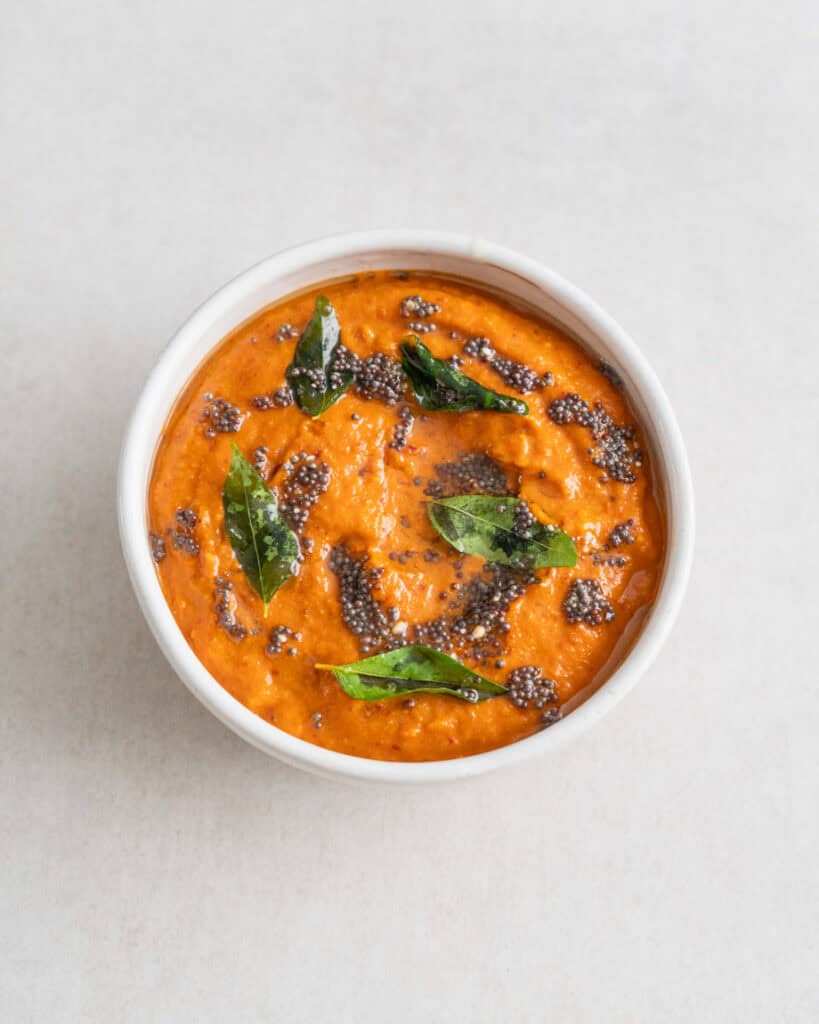

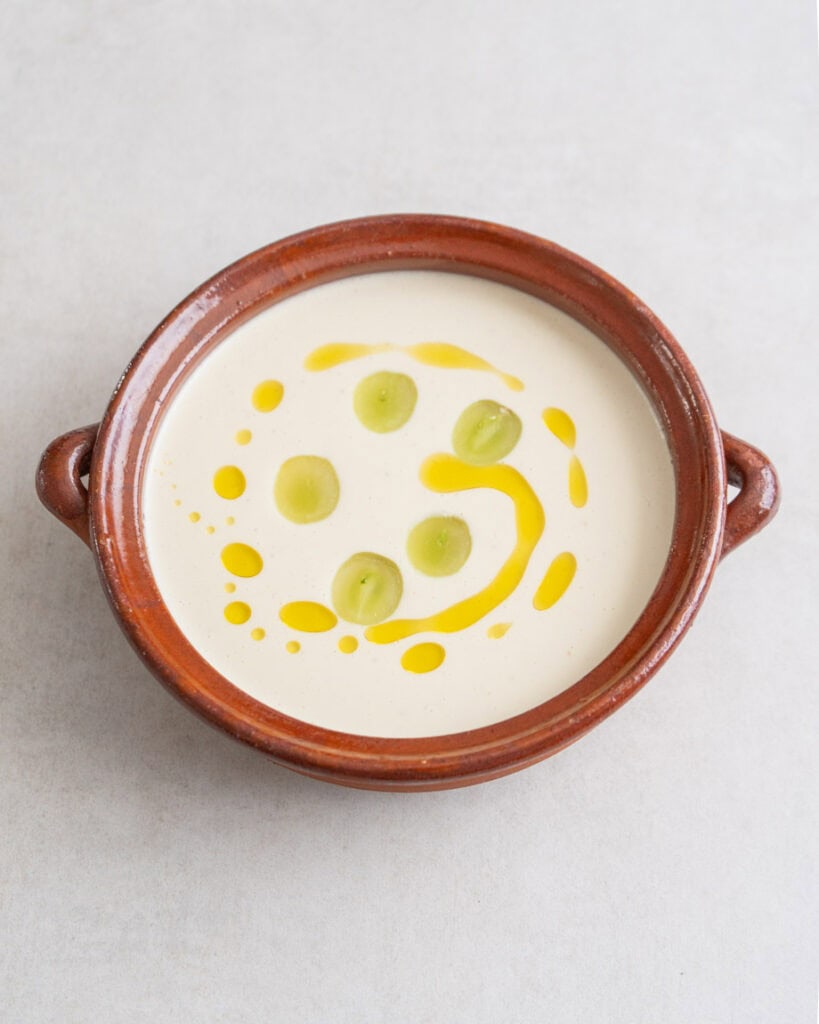
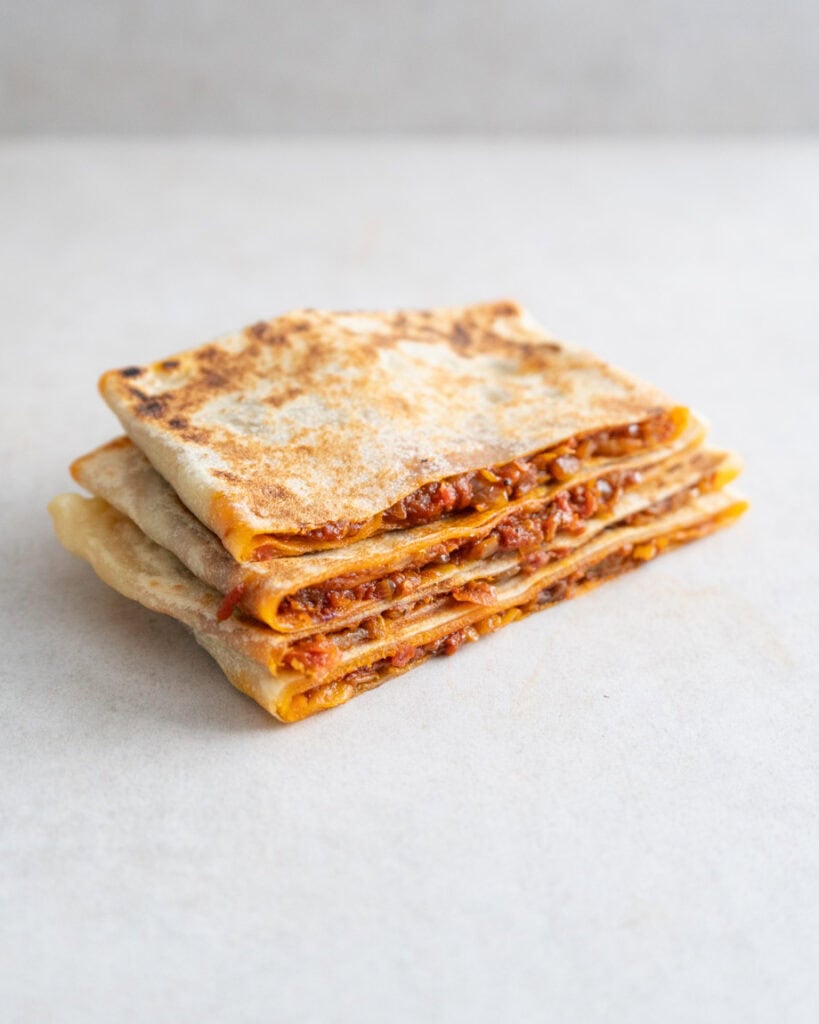

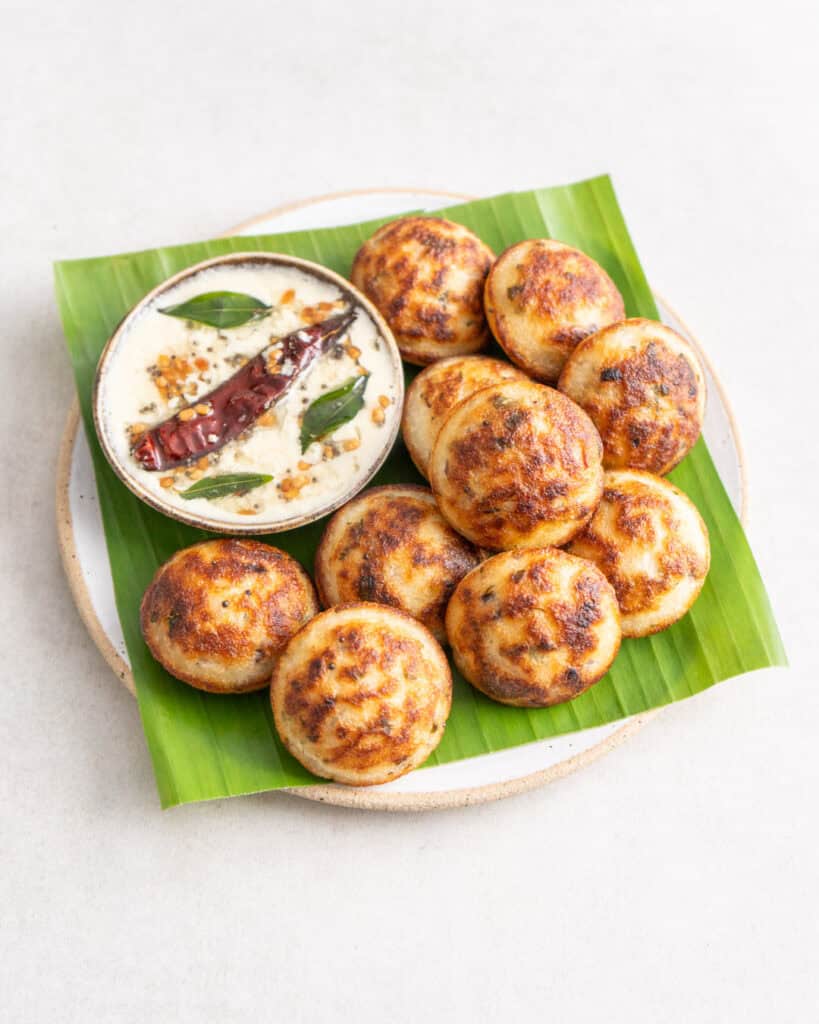

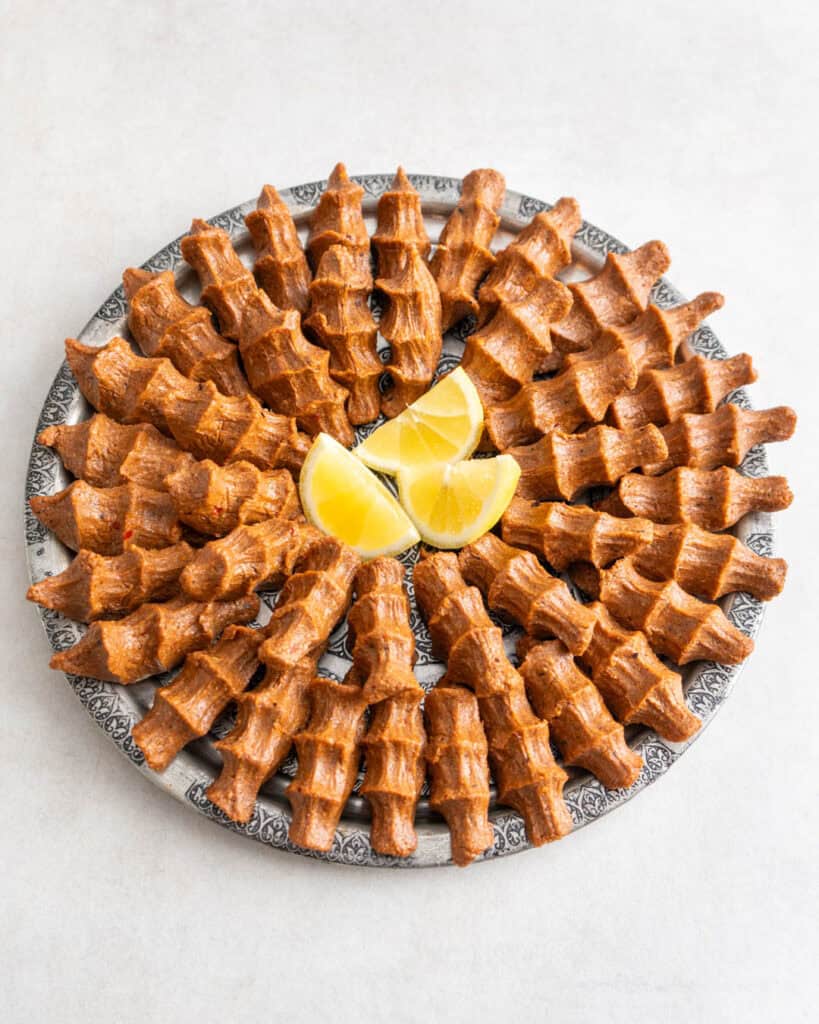
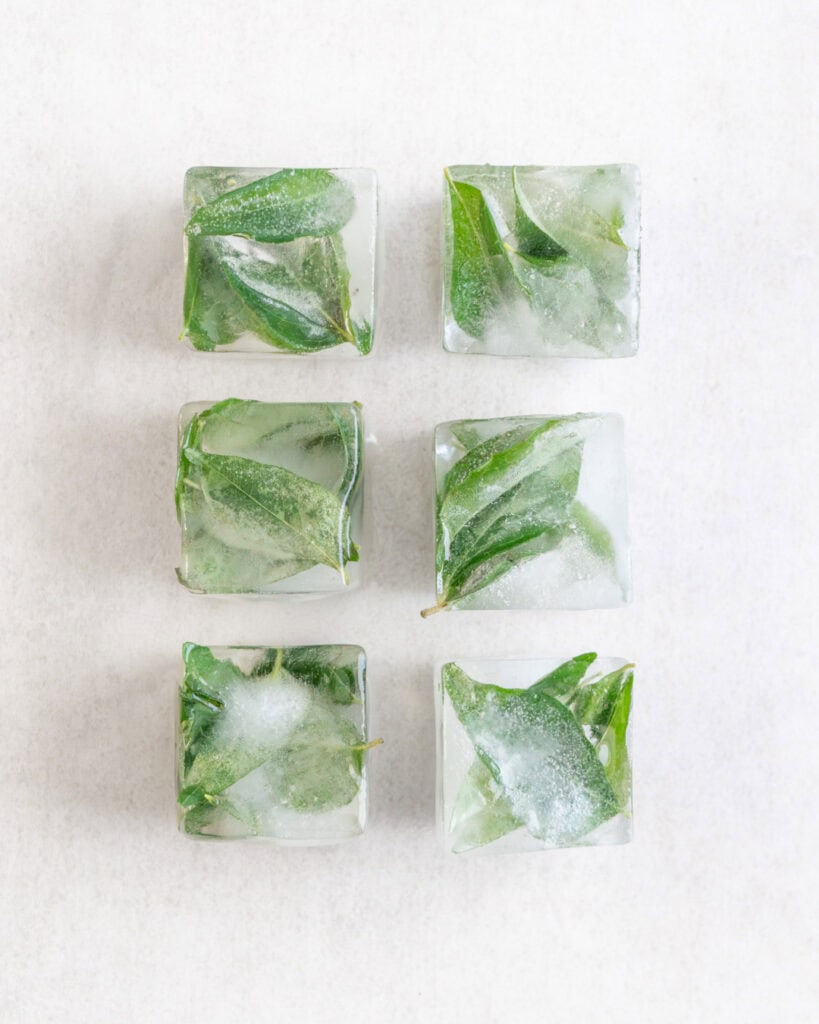
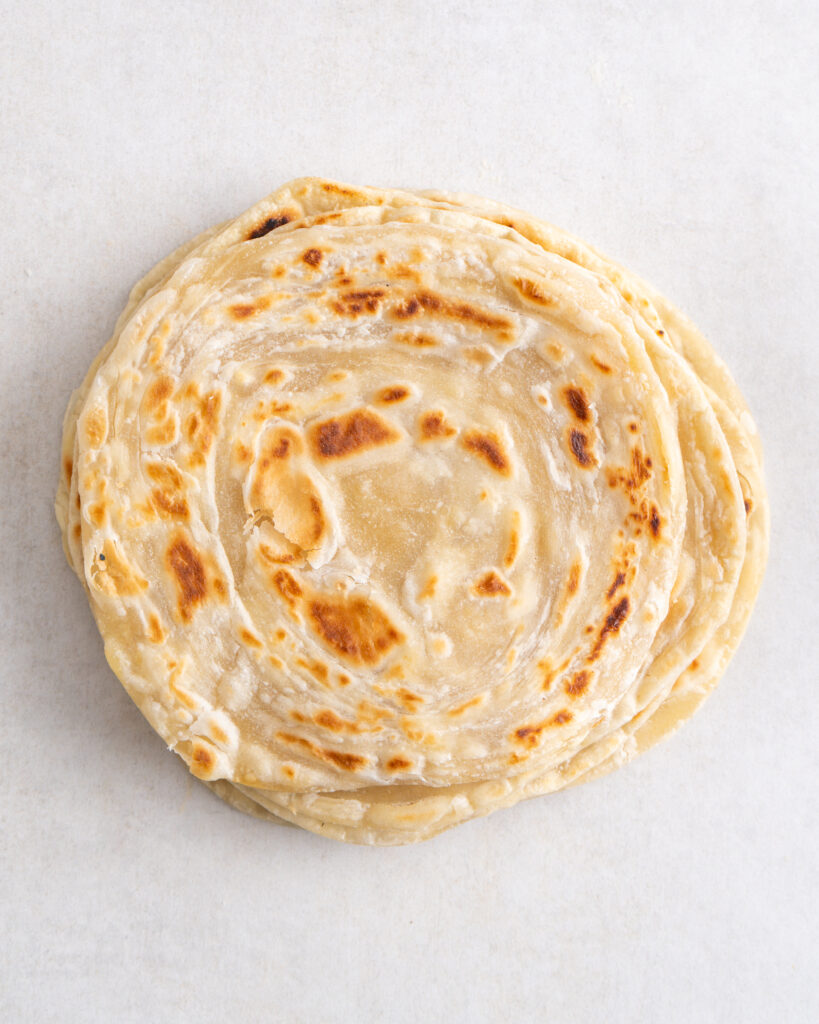
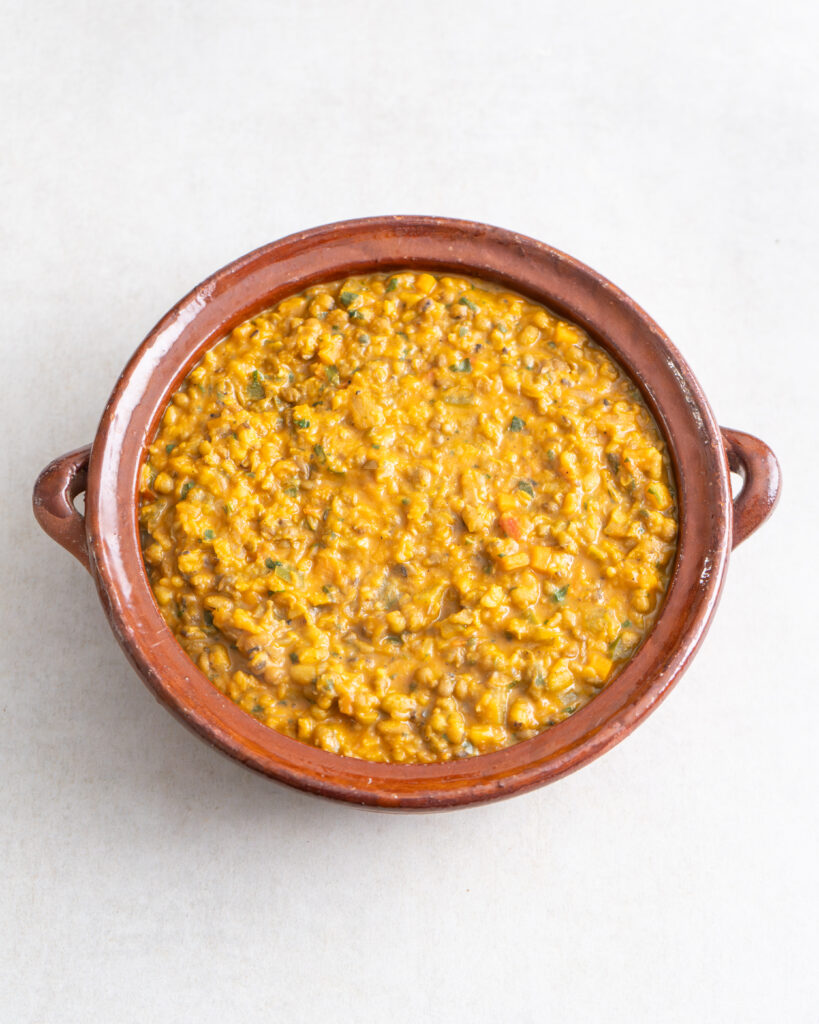
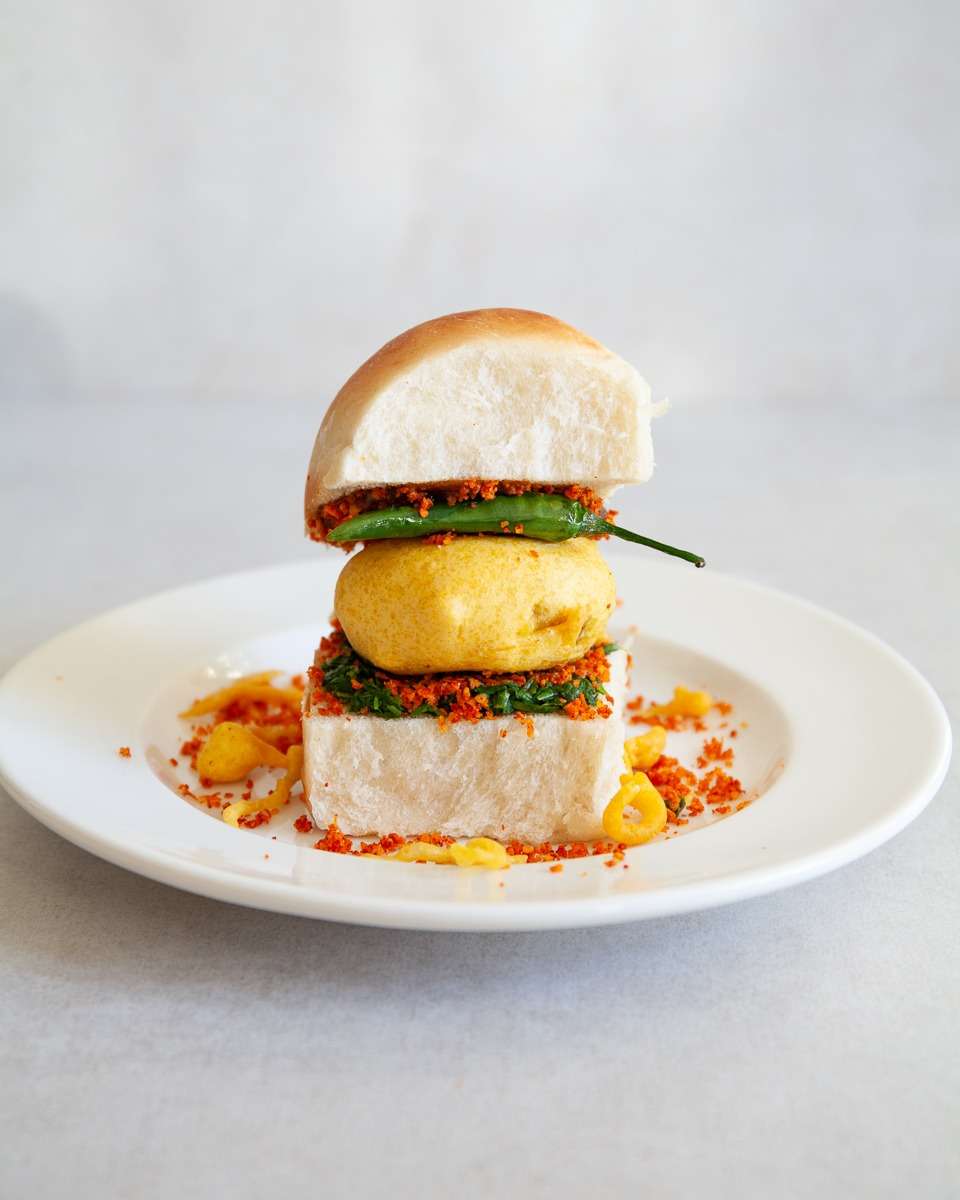
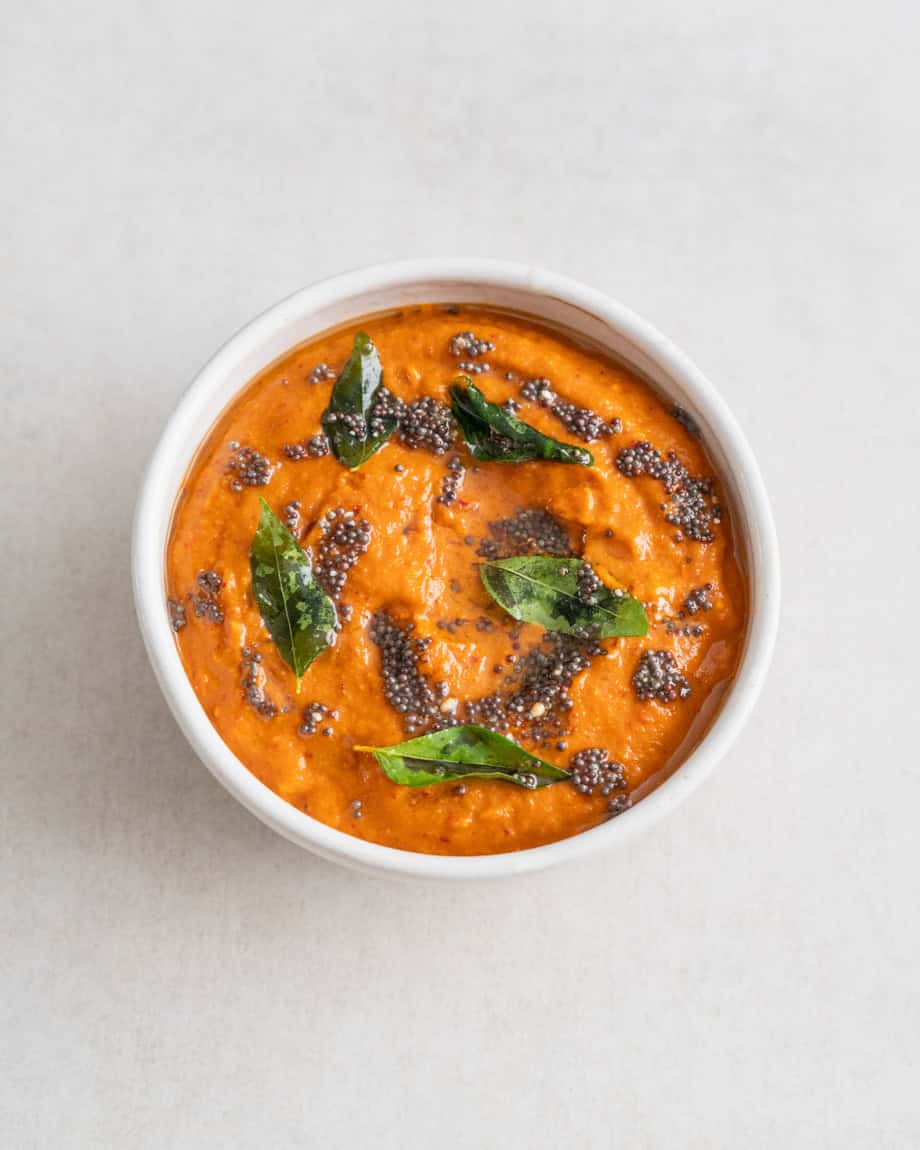
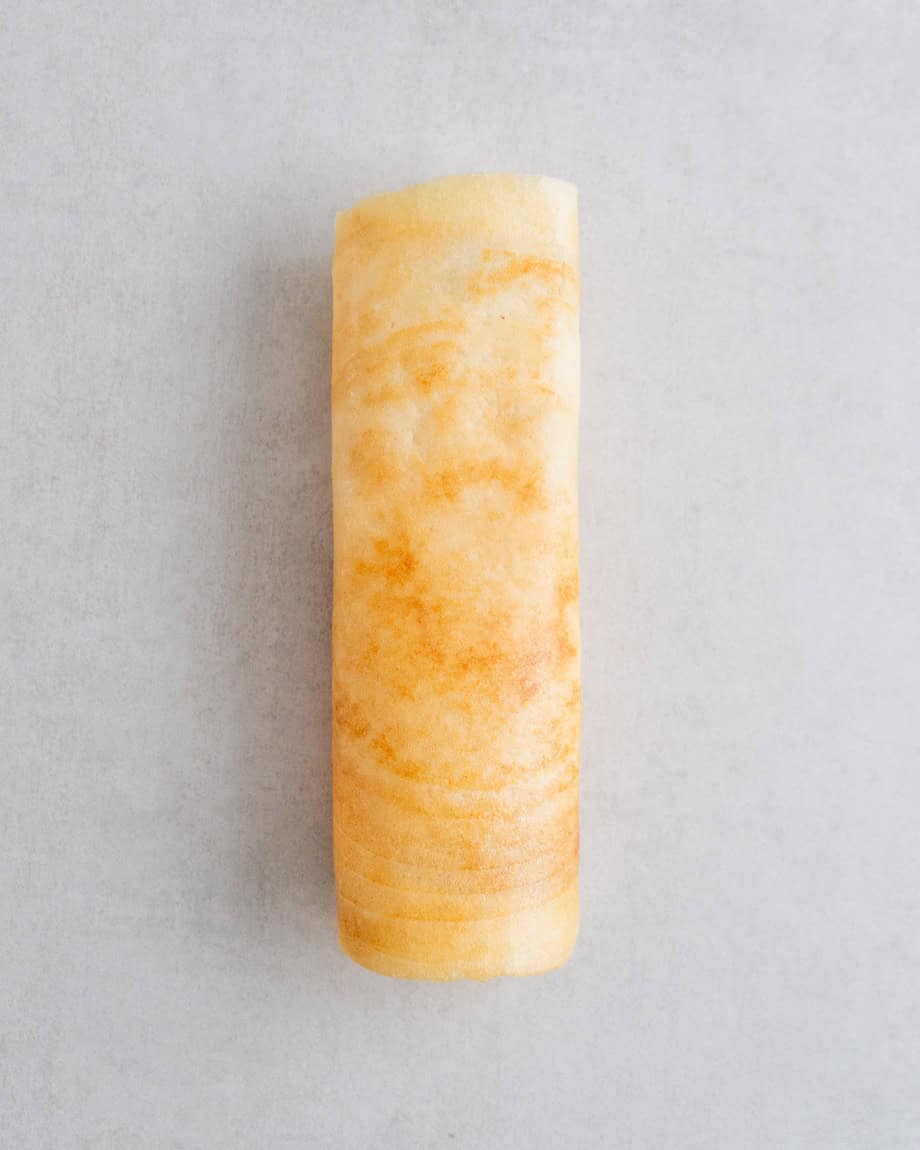
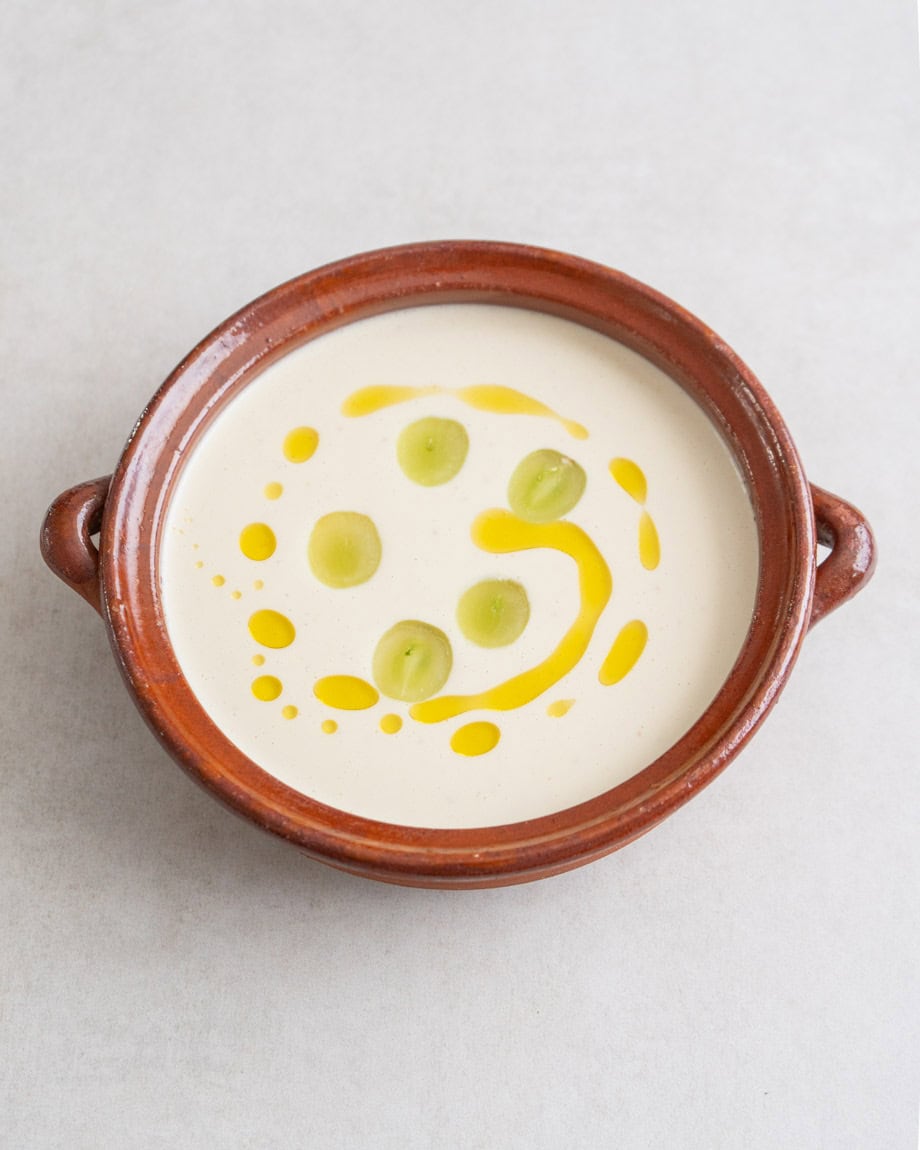
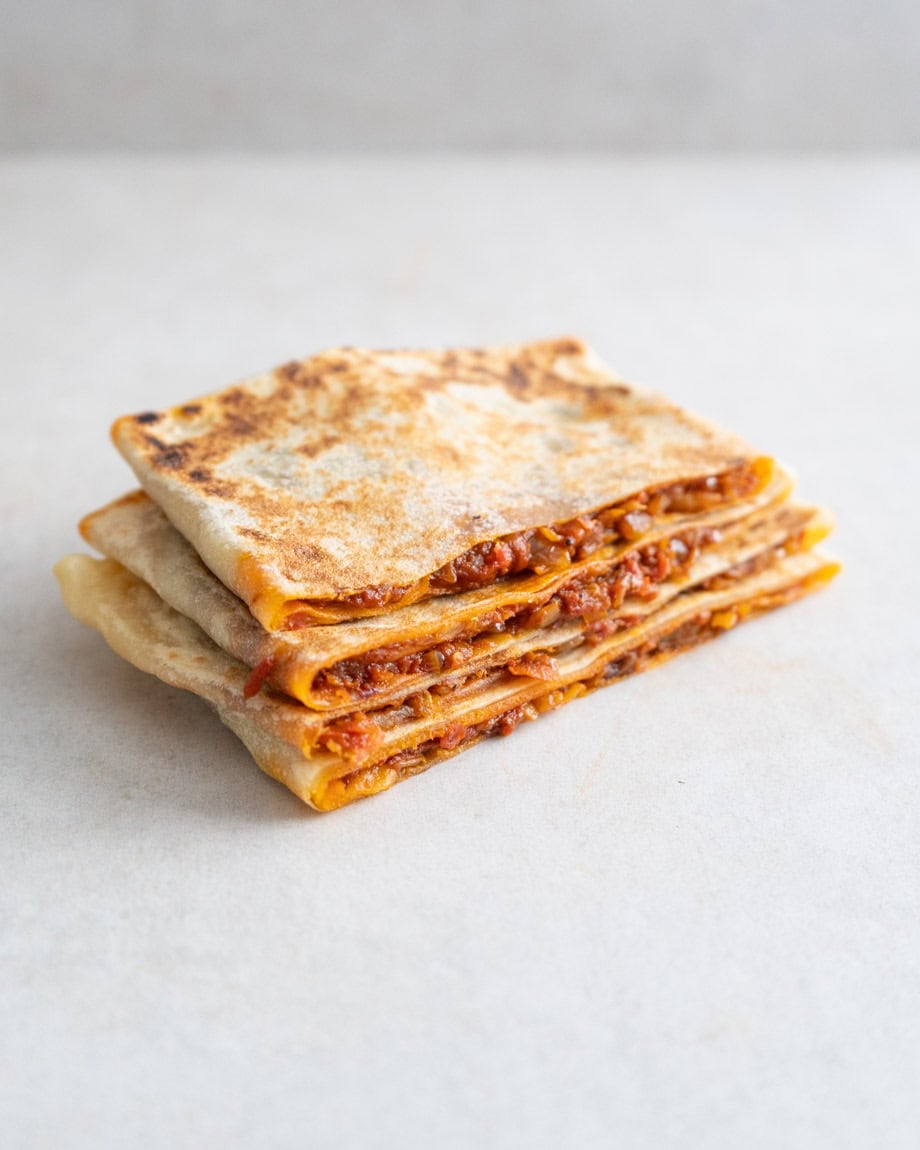



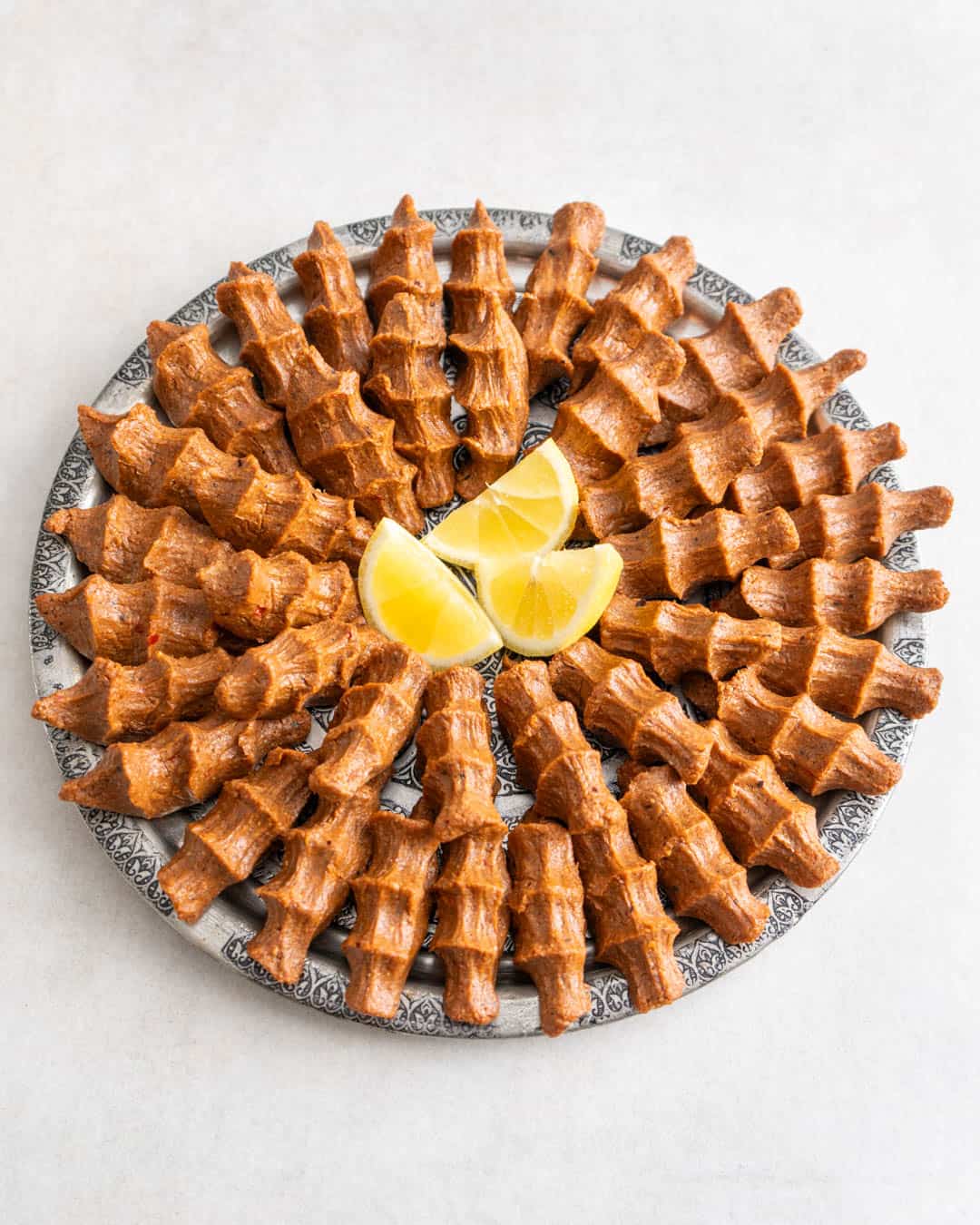
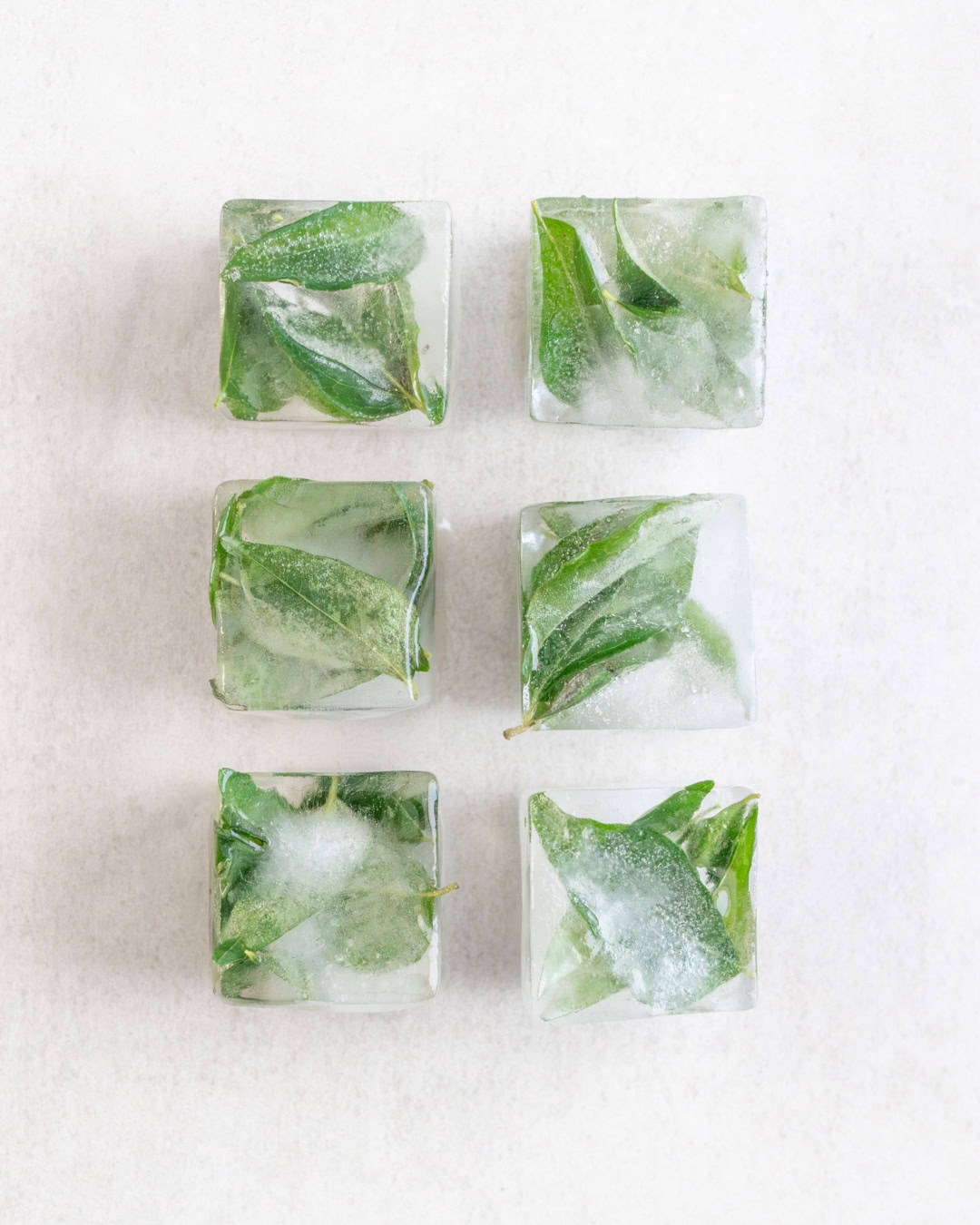


0 Comments